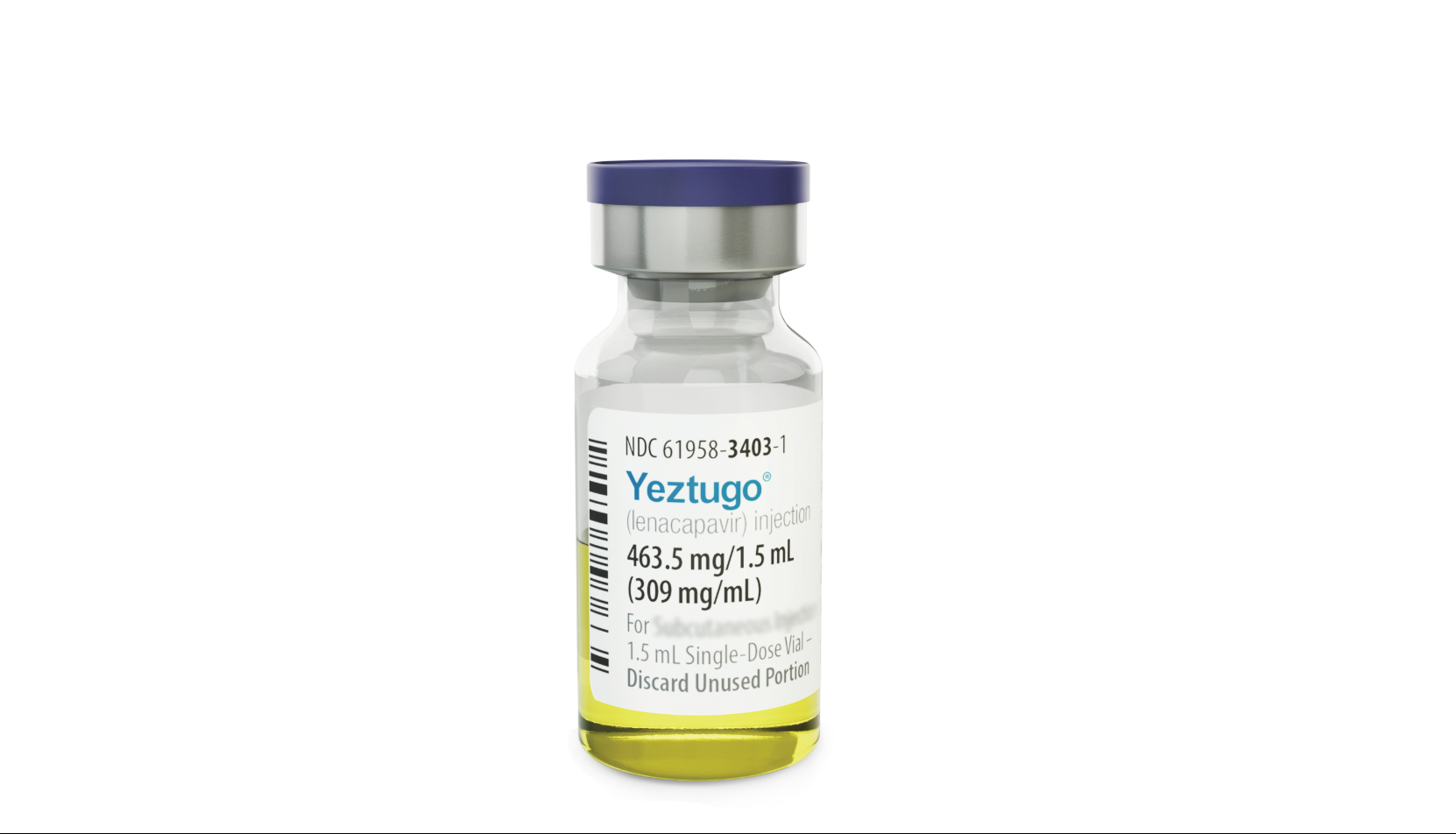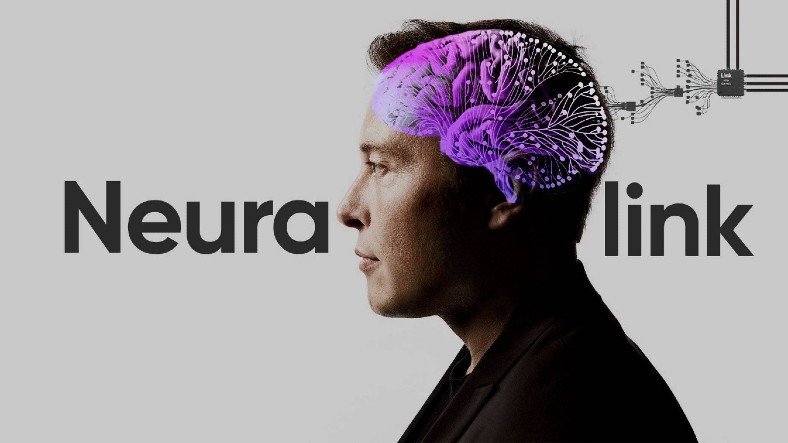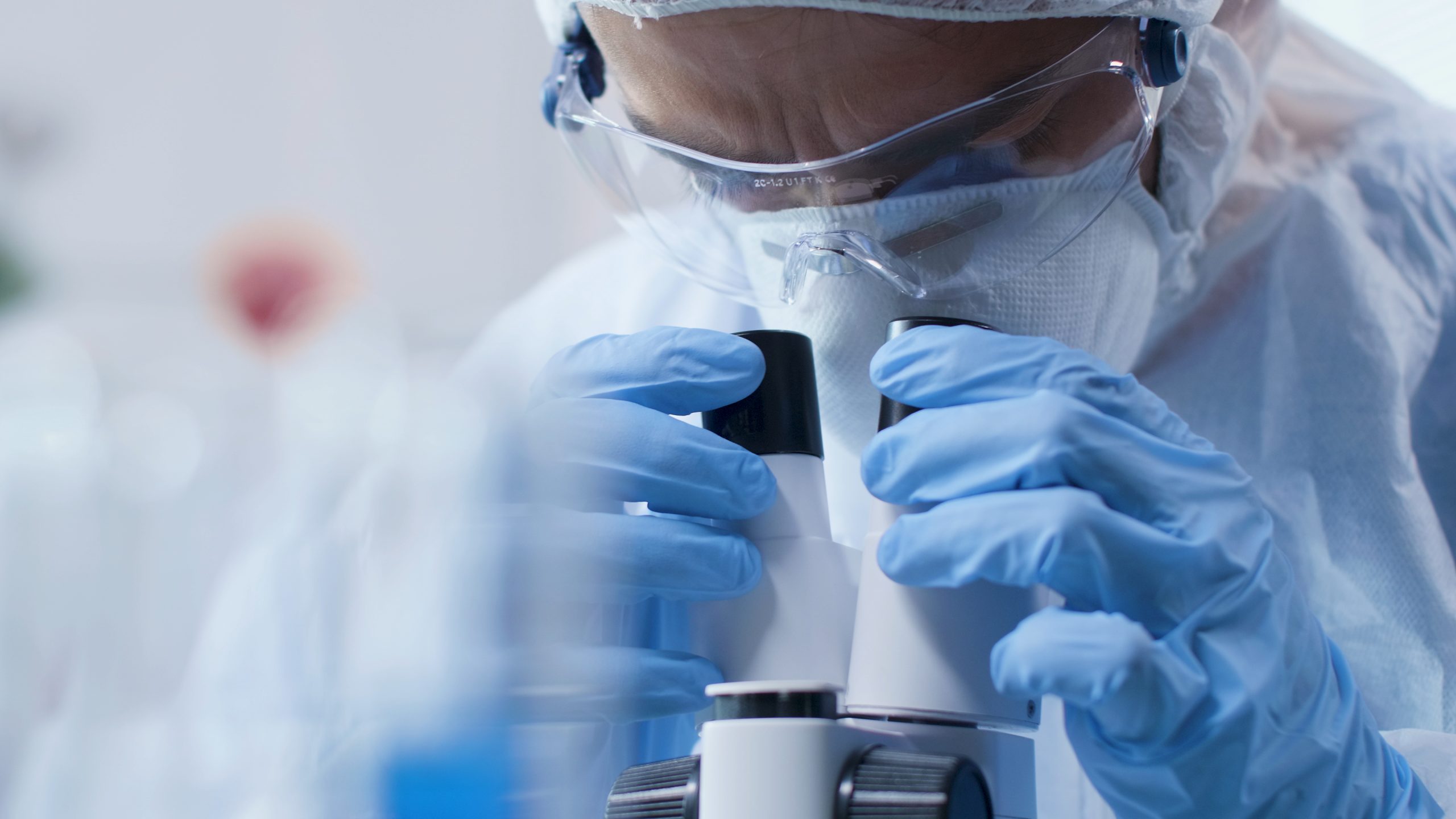Dopamine can provide an intense feeling of reward.
Dopamine is most notably involved in helping us feel pleasure as part of the brain’s reward system. Sex, shopping, and smelling pie baking in the oven can all cause dopamine release, often known as a “dopamine rush.”
This feel-good neurotransmitter also plays a role in reinforcement. That is why, after tasting one of those pies, we may return for another (or two, or three). Dopamine’s darker side is the powerful sense of reward people get when they use narcotics like heroin or cocaine, which can lead to addiction.
Dopamine is involved in these functions as well:
- learning and attention
- mood
- movement
- heart rate
- kidney function
- blood vessel function
- sleep
- pain processing
- lactation
Where is dopamine produced?
Dopamine is produced in a two-step process by neurons in the brain’s base. The amino acid tyrosine is first transformed into L-dopa, a different amino acid. Then L-dopa undergoes another change, as enzymes turn it into dopamine.
Parkinson’s disease is characterized by stiff movements caused by a lack of dopamine. Although serotonin shortage is more commonly associated to depression, research show that a dopamine deficiency can also contribute to a down mood. People with depression, in particular, frequently lack motivation and concentration.
Because tyrosine is used to make dopamine, consuming more of this amino acid through diet may help to increase dopamine levels in the brain. A diet high in tyrosine has been shown to increase memory and mental performance.
Foods high in tyrosine include:
- chicken and other types of poultry
- dairy foods such as milk, cheese, and yogurt
- avocadoes
- bananas
- pumpkin and sesame seeds
- soy
There is also evidence that when we meditate, the brain releases more dopamine. Its release could be triggered by a change in consciousness that occurs during meditation.
Dopamine is just one of the four feel-good hormones.
Source: Harvard Health Publishing










